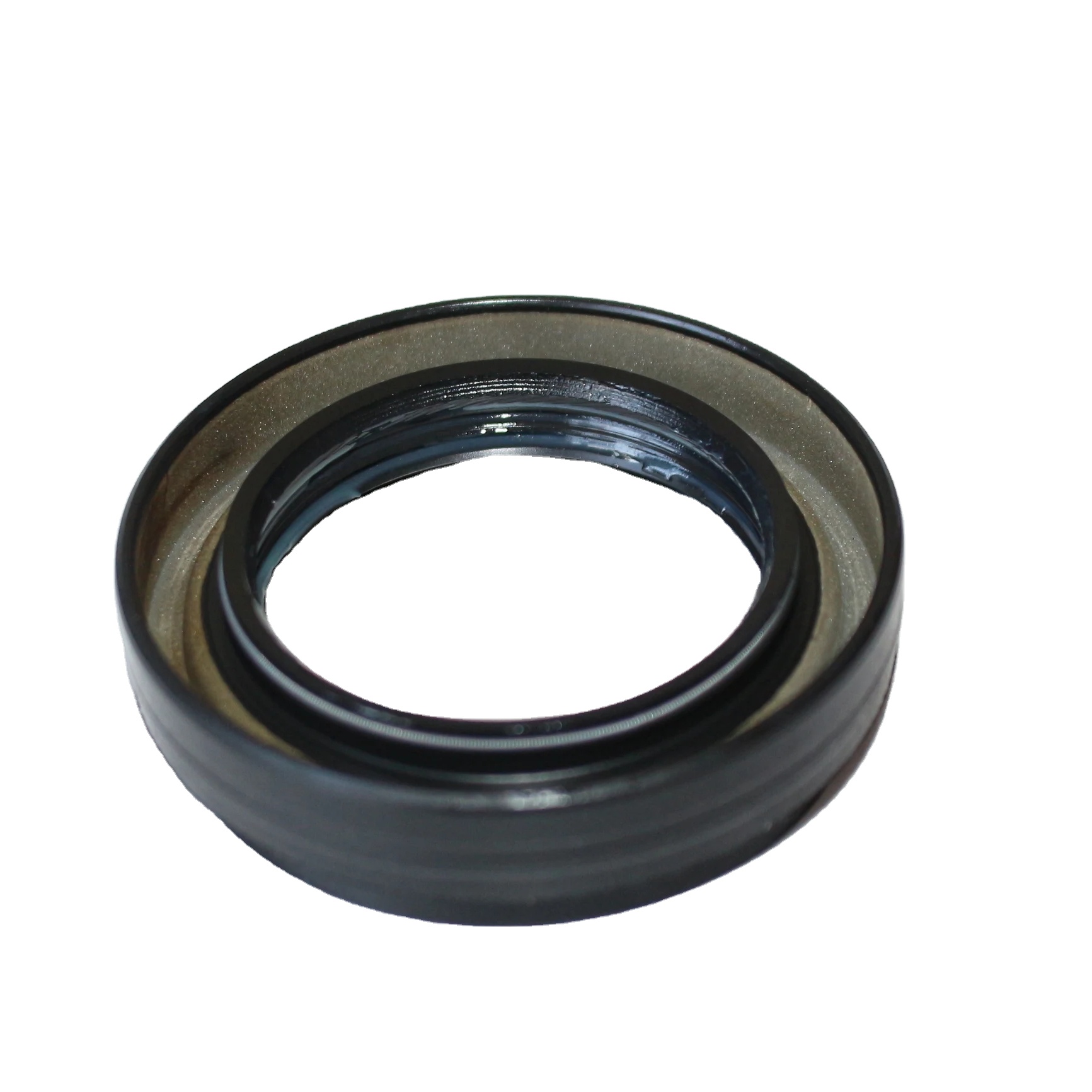Drive Shaft Gearbox Seal - High-Quality Sealing Solutions
Understanding Drive Shaft Gearbox Seals
Drive shaft gearbox seals are critical components in automotive and industrial machinery that play a vital role in the functioning and longevity of transmission systems. These seals are designed to prevent the escape of lubricants and protect the internal components from external contaminants, ensuring the smooth operation of the drive shaft and gearbox.
At a fundamental level, the drive shaft transmits power from the engine to the wheels, while the gearbox adjusts the torque and speed of this transmission. During this process, various forces and movements occur, which can potentially lead to leaks and damage if not properly contained. That’s where gearbox seals come into play.
Material Composition
Drive shaft gearbox seals are typically made from durable materials such as rubber, silicone, or thermoplastics. These materials are chosen for their resilience against extreme temperatures, pressures, and lubricating fluids, ensuring they can withstand the challenging environments inside a gearbox or drive shaft assembly. Additionally, the seals are often treated or designed with additives to resist wear and degradation over time.
Types of Seals
There are several types of seals used in drive shaft and gearbox applications, including lip seals, O-rings, and axially split seals. Lip seals are the most common and consist of a flexible lip that rides against a shaft to provide a barrier against fluid leakage. O-rings create a sealing effect by compressing between two mating surfaces, making them ideal for static seal applications. Each type of seal serves specific purposes and is selected based on the mechanical requirements and design of the gearbox.
drive shaft gearbox seal

Importance of Seals
The primary function of drive shaft gearbox seals is to contain lubricants within the gearbox while preventing the ingress of dirt, dust, and moisture. This sealing capability is crucial because lubrication is essential for reducing friction between the moving parts, which in turn minimizes wear and overheating. When seals fail, it can lead to oil leaks, which might not only impair the lubrication of the gearbox but also cause contamination that can damage internal components.
Moreover, a well-functioning seal can extend the lifespan of a drive shaft and gearbox assembly. Regular inspection and maintenance of seals are necessary to identify wear or potential failures early before they escalate into more significant issues, such as complete gearbox failure or costly repairs.
Installation and Maintenance
Proper installation of drive shaft gearbox seals is essential to their efficiency. Incorrectly installed seals can lead to premature failure and may not provide the expected protective benefits. It’s important to utilize the right tools during installation and ensure that the surfaces being sealed are clean and free from debris.
Preventive maintenance also involves regular checks for oil leaks and visual inspections of the seals. Over time, environmental factors, exposure to harsh chemicals, and mechanical wear can compromise seal integrity. Replacing worn or damaged seals promptly can help maintain the overall health of the gearbox and drive shaft system.
In conclusion, drive shaft gearbox seals are indispensable for the performance and reliability of automotive and industrial applications. Understanding their role, materials, and maintenance can significantly enhance the efficiency and longevity of machinery, making them a critical focus for engineers and mechanics alike. By prioritizing the integrity of these seals, operators can ensure optimal performance and reduced costs in the long run.
-
Simplifying Oil Changes: A Comprehensive Guide to Oil Drain Plugs and Their Variants
News Aug.04,2025
-
Mastering Oil Drain Maintenance: Solutions for Stripped, Worn, and Upgraded Oil Plugs
News Aug.04,2025
-
Fixing Oil Pan Plug Issues: Leaks, Stripped Nuts, and the Right Replacement Solutions
News Aug.04,2025
-
Everything You Need to Know About Oil Drain Plugs: Sizes, Fixes, and Upgrades
News Aug.04,2025
-
Choosing the Right Oil Drain Plug: A Guide to Sizes, Materials, and Drain Innovations
News Aug.04,2025
-
A Complete Guide to Automotive Drain Plugs: Types, Problems, and Innovative Solutions
News Aug.04,2025
-
The Ultimate Guide to Car Repair Kits: Tools and Essentials Every Driver Should Own
News Aug.01,2025
Products categories















